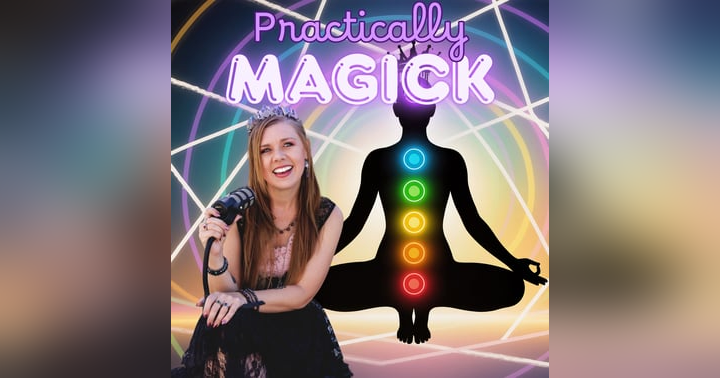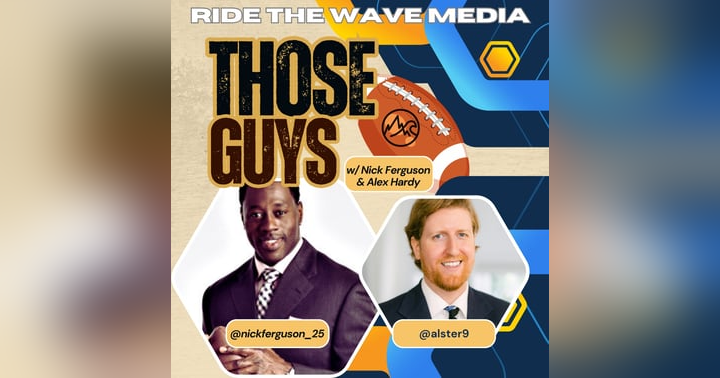Beyond the Veil: Revisiting Horror Movie Sequels That Deserve a Second Look This Halloween
Beyond the Veil: Revisiting Horror Movie Sequels That Deserve a Second Look This Halloween
Halloween is the season of ghosts, ghouls, and the occasional possessed vacuum cleaner. As the veil between worlds thins, we find ourselves drawn to stories that explore the unknown—especially those that dare to go deeper than jump scares and creepy clowns. This year, The Ghost Movie Project took a bold stance: some horror sequels are better than the originals. And we’re here to make the case, especially for two underappreciated gems—Poltergeist II: The Other Side and Exorcist II: The Heretic.
🎬 The Battle of the Sequels: Why These Films Matter
Let’s face it—horror sequels get a bad rap. They're often dismissed as cash grabs, lacking the originality and impact of their predecessors. But what if we told you that these two films not only expand their respective universes but also dive into deeper spiritual and psychological territory?
Poltergeist II isn’t just another haunted house flick. It’s a metaphysical journey through ancestral trauma, spiritual warfare, and cosmic dimensions. Meanwhile, Exorcist II trades demonic possession for a fever dream of locust telepathy, astral projection, and Jungian psychology. Both films challenge the idea that horror is just about fear—they suggest it’s also about transformation.
👻 Poltergeist II: The Other Side — A Spiritual Awakening in Suburbia
The original Poltergeist gave us iconic moments: static-filled TVs, creepy clown dolls, and the unforgettable line, “They’re here.” But Poltergeist II goes further. It introduces Reverend Kane, a ghostly preacher whose skeletal appearance (due to actor Julian Beck’s real-life illness) adds an unsettling realism to his performance. His presence is more than scary—it’s spiritually corrosive.
But the real heart of the film lies in its exploration of ancestral power and maternal strength. The Freeling family isn’t just fighting ghosts—they’re confronting generational trauma. Diane, the mother, discovers her own spiritual gifts, passed down from her mother and now awakening in her daughter, Carol Anne. It’s a powerful metaphor for inherited intuition and the sacred bond between generations.
🪶 Indigenous Wisdom vs. Cultic Darkness
One of the most compelling elements of Poltergeist II is the character Taylor, a Native American shaman played by Will Sampson. Far from being a trope, Taylor is the spiritual anchor of the film. He doesn’t swoop in to save the day; instead, he empowers the Freeling family to confront their own darkness. His teachings—“Ghosts aren’t just echoes; they’re unfinished stories”—resonate deeply, especially during Halloween, when we honor the dead and reflect on the unseen.
Taylor’s presence also flips the script on the old “Indian burial ground” cliché. Rather than demonizing Indigenous spirituality, the film reveres it. Taylor’s rituals and wisdom offer healing, not horror—a refreshing shift that feels especially poignant in today’s conversations around cultural respect and spiritual authenticity.
🧠 Psychological Horror: The Ghosts Within
Poltergeist II doesn’t rely on gore or body counts. In fact, there are zero on-screen murders. Instead, it explores how trauma haunts the soul. Craig T. Nelson’s character, Steve Freeling, battles not just external forces but internal demons—his temper, his skepticism, and ultimately, his possession via a tequila worm (yes, really). It’s a wild scene that blends body horror with spiritual infection, and it’s unforgettable.
The film also touches on psychic children—a recurring theme in horror. Carol Anne isn’t just a victim; she’s a conduit. With proper guidance, her gifts could be transformative. Without it, they’re terrifying. It’s a theme echoed in films like Carrie, The Fury, and even Matilda. Halloween is a time when we celebrate the mystical, and Poltergeist II reminds us that the most powerful magic often lies within.
🧹 Possessed Cleaning Equipment and Maternal Power
Okay, we have to talk about the possessed vacuums. In one of the film’s climactic scenes, Diane is chased by cleaning equipment—a moment that feels both absurd and subliminal. Is it a metaphor for domestic expectations? Maybe. But it’s also a reminder that horror can be weird, and weird is good.
More importantly, Diane’s journey is one of rebirth and empowerment. She levitates, she rescues her daughter, and she taps into a maternal force that transcends dimensions. It’s not just spooky—it’s sacred.
🧬 Exorcist II: The Heretic — A Fever Dream of Sci-Fi and Spirituality
Now, let’s talk about Exorcist II. This movie made half its audience walk out in 1977—and the other half ascend into metaphysical confusion. But if you watch it with your third eye open, it’s a masterpiece.
Gone are the pea soup and spinning heads. Instead, we get dream machines, locust shamans, and collective consciousness. Linda Blair returns as Reagan, now a young woman navigating her psychic gifts. She’s not just a survivor—she’s the chosen one. Think Neo from The Matrix, but with more hypnosis and fewer trench coats.
🧠 Science vs. Spirituality vs. Religion
Exorcist II is a philosophical buffet. It pits science, spirituality, and religion against each other, asking: What is evil? Is it demonic, biological, or psychological? The film’s infamous synchronizer machine—a lava lamp designed by NASA—allows characters to enter each other’s subconscious. It’s wild, it’s weird, and it’s wonderful.
James Earl Jones steals the show as a locust shaman/scientist hybrid. His dual role symbolizes the film’s central theme: the intersection of ancient wisdom and modern understanding. It’s a reminder that healing often requires both intuition and intellect.
🌬️ Spirits of the Air and Nature’s Power
The film also explores the idea that evil isn’t just a demon—it’s a force of nature. Pazuzu, the antagonist, is portrayed less as a devil and more as a spirit of the air, connected to locusts and ancient lore. This blurs the line between mythology and theology, inviting viewers to reconsider what “evil” really means.
In Celtic folklore, nature spirits aren’t always benevolent. They can be mischievous, dangerous, and powerful. Exorcist II taps into this idea, suggesting that what we fear might be misunderstood forces of nature rather than malevolent entities.
🧘♀️ Witchy Wisdom for Real-Life Hauntings
So what do you do if your house is haunted this Halloween? According to Courtney Pearl, co-host of The Ghost Movie Project, the answer isn’t always an exorcist. Sometimes, you need a Reiki master, a shaman, or a spiritual leader who can help clear the energy and restore balance.
Whether it’s ancestral trauma, emotional residue, or actual spirits, the key is empowerment. You’re not powerless. You can cleanse your space, protect your energy, and reclaim your peace. That’s the real magic of Halloween—not fear, but transformation.
🎃 Final Thoughts: Watch With Your Third Eye Open
This Halloween, don’t just revisit the classics. Give these sequels a second chance. Watch Poltergeist II and Exorcist II not as horror films, but as initiations—journeys through myth, madness, and meaning. They’re messy, they’re mystical, and they’re more relevant than ever.
So light a candle, pour some cider, and settle in for a night beyond the veil. And remember: the scariest ghosts aren’t always the ones on screen—they’re the ones we carry within.


